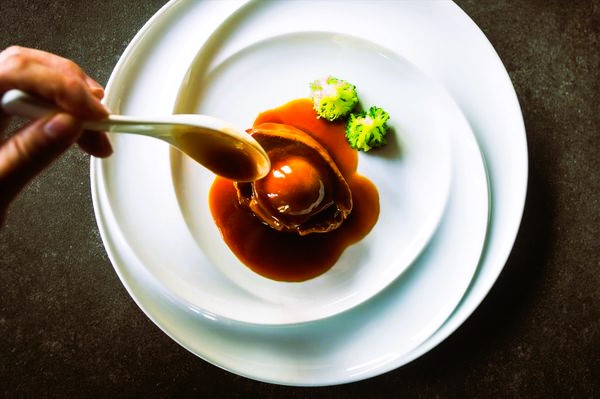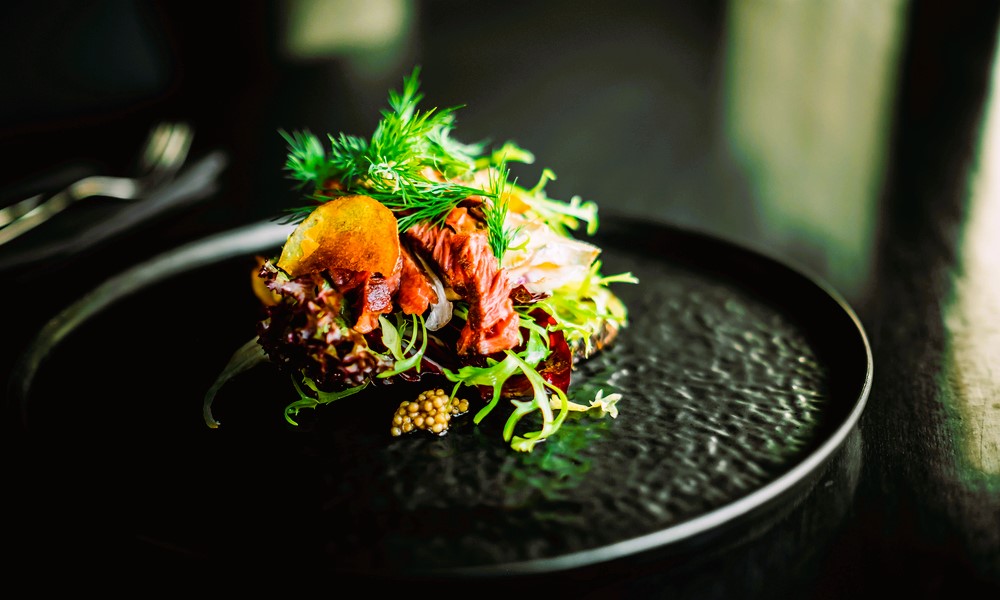Michelin-starred restaurants are the epitome of culinary excellence and dining perfection. Revered by food enthusiasts and chefs alike, these prestigious accolades bestowed by the Michelin Guide signify a level of quality that sets these restaurants apart from the rest. But what exactly makes Michelin-starred restaurants exceptional? Join us on a gastronomic journey as we unveil the secrets behind these culinary sanctuaries and explore the elements that contribute to their unmatched reputation.
A Legacy of Excellence
The Michelin Guide, originally published by the French tire company Michelin, was first introduced in 1900 as a resource for motorists. Over time, it evolved into a prestigious culinary guide, evaluating restaurants and awarding coveted Michelin stars. Today, the guide covers numerous countries and regions, bestowing one, two, or three stars upon restaurants that demonstrate exceptional culinary mastery.
Michelin stars are a hallmark of culinary achievement, with one star denoting “a very good restaurant,” two stars indicating “excellent cooking that is worth a detour,” and three stars signifying “exceptional cuisine that is worth a special journey.” Attaining even a single Michelin star is a testament to a restaurant’s commitment to excellence, while achieving two or three stars elevates it to the ranks of culinary legends.

The Pursuit of Perfection
The journey to Michelin stardom is not one of chance but of relentless pursuit of perfection. It requires not only unparalleled culinary expertise but also a dedication to innovation, creativity, and an unwavering commitment to quality.
- Culinary Artistry and Technique
At the heart of Michelin-starred restaurants lies the culinary artistry of their chefs. These culinary virtuosos possess a deep understanding of ingredients, flavors, and techniques, often pushing the boundaries of traditional cuisine. Their creations are a symphony of tastes, textures, and aromas that delight and surprise diners with each bite.
- Quality Ingredients
Exceptional cuisine begins with exceptional ingredients. Michelin-starred restaurants source the finest and freshest ingredients, often working closely with local farmers, fishermen, and producers to obtain the best seasonal produce. The commitment to quality ingredients ensures that every dish is a celebration of nature’s bounty.
- Attention to Detail
The pursuit of perfection is evident in the meticulous attention to detail that Michelin-starred restaurants exhibit. From the presentation of each dish to the ambiance of the dining room, every aspect is carefully curated to create a seamless and memorable dining experience. The Art of Wine Tasting: Unlocking the Nuances of Different Varietals.
- Constant Innovation
While Michelin-starred restaurants honor culinary traditions, they are also at the forefront of culinary innovation. Chefs in these establishments continually push the boundaries of creativity, experimenting with new techniques and flavor combinations that redefine the art of dining.
- Service Excellence
The exceptional dining experience at Michelin-starred restaurants extends beyond the plate. Impeccable service is an integral part of the journey, with attentive and knowledgeable staff catering to every need and providing personalized attention to each guest.
- Dining as Theater
A meal at a Michelin-starred restaurant is not just a meal; it is an unforgettable performance. Chefs orchestrate their culinary creations with precision, and each course is unveiled like an act in a grand theatrical production.
The Role of Michelin Guide
The Michelin Guide plays a pivotal role in elevating the culinary world. It provides both chefs and diners with a standard of excellence, encouraging culinary innovation and setting a benchmark for gastronomic achievement. As a renowned and trusted authority, the guide serves as a compass for discerning diners seeking the most exceptional culinary experiences.
The guide is also an influential force in promoting culinary tourism, attracting food enthusiasts from around the globe to savor the delights of Michelin-starred restaurants in various cities and regions.
The Quest for Sustainability and Standards
While Michelin-starred restaurants strive for culinary perfection, many also embrace sustainability and ethical practices. As awareness of environmental impact grows, chefs and restaurateurs are increasingly mindful of their carbon footprint and sourcing practices.
Canada’s food standards, overseen by the Canadian Food Inspection Agency (CFIA), ensure the safety and quality of food in the country. The CFIA collaborates with food establishments, including Michelin-starred restaurants, to uphold rigorous safety and hygiene standards.

Moreover, the Invasive Species Council of British Columbia (ISCBC) plays a crucial role in preserving the delicate balance of ecosystems by raising awareness about invasive species that can impact local flora and fauna. As responsible culinary ambassadors, Michelin-starred restaurants are attentive to sourcing practices and the preservation of local ingredients.
The Journey of a Lifetime
Dining at a Michelin-starred restaurant is not merely a meal; it is a journey of a lifetime. It is an experience that transcends taste, immersing diners in a world of culinary artistry and hospitality. For chefs, a Michelin star represents the pinnacle of achievement, a recognition of their dedication, passion, and commitment to the culinary craft.
As you embark on your own culinary adventures, remember that the quest for perfection is not just about Michelin stars but about celebrating the diversity of flavors and cultures that unite us through food. Whether dining at a Michelin-starred establishment or exploring the hidden gems of local eateries, let the magic of the culinary world enchant you, one exceptional dish at a time.
References:




